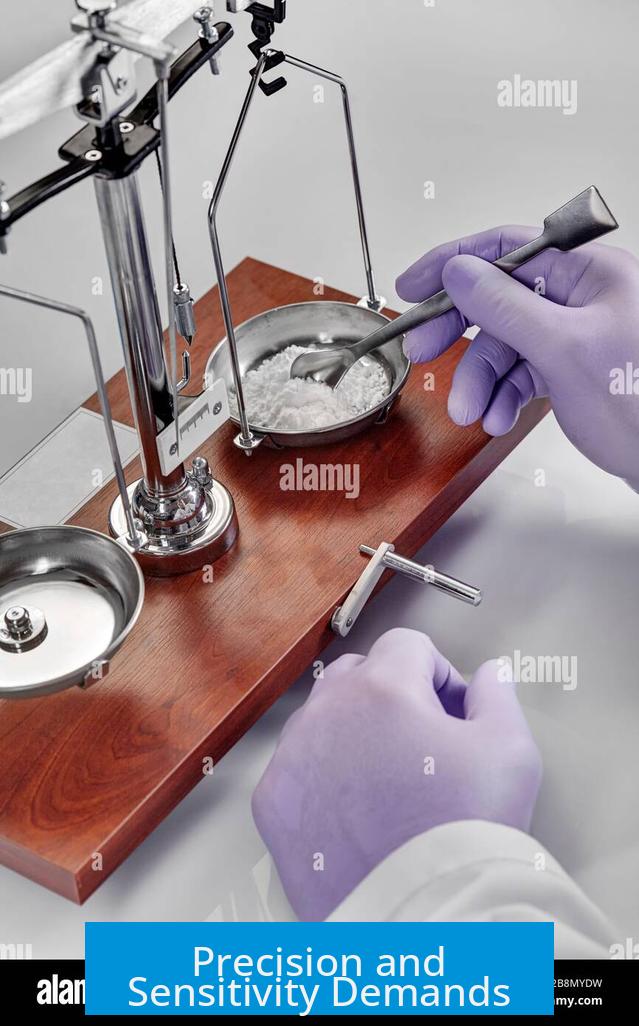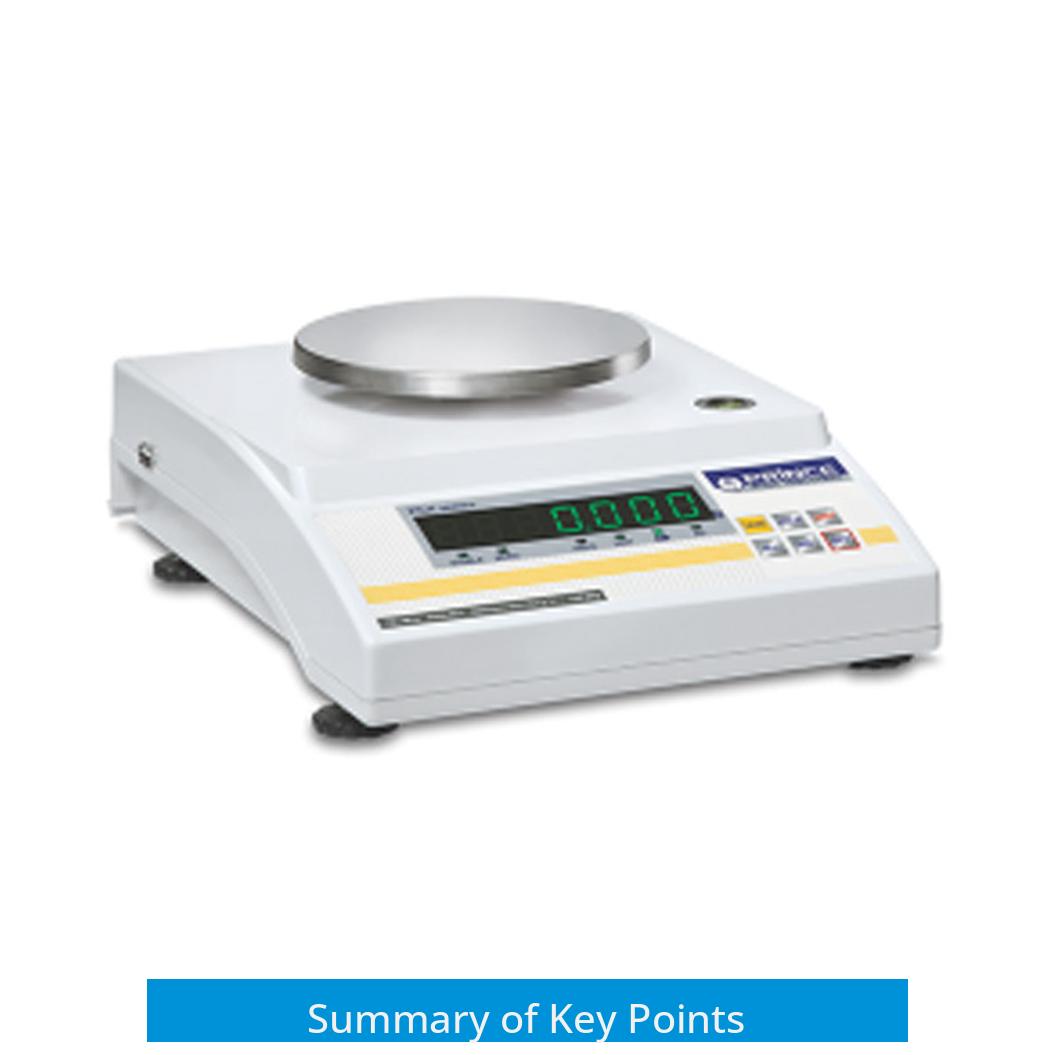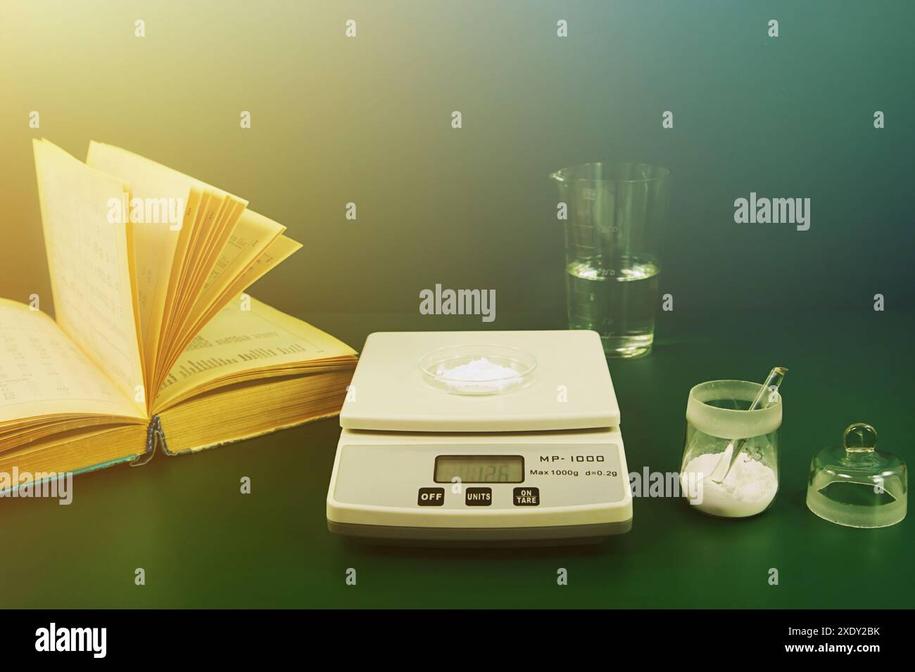Why You Should Not Use a Scoopula When Weighing Solid Substances in Analytical Chemistry

In analytical chemistry, using a scoopula directly in a reagent bottle is prohibited because it leads to contamination of the entire reagent stock and compromises measurement precision. This practice risks introducing impurities and affects the accuracy of subsequent experiments.
Contamination Concerns
Using a scoopula directly in a reagent bottle contaminates the entire container. The scoopula may carry residues from previous weighings back into the stock. This cross-contamination alters the reagent’s purity and invalidates experimental results.
To avoid this, chemists transfer a small portion of the reagent into a secondary container first. Then, the scoopula is used only with this isolated sample, preserving the original stock.
Precision and Sensitivity Demands

Analytical chemistry focuses on measuring very small quantities, often at microgram levels. Any contamination from the scoopula residue can exceed the targeted measurement, leading to errors. Sensitivity to impurities makes strict handling essential.
Though some may argue contamination might be negligible in certain cases, it remains poor laboratory practice. Trained analytical chemists strictly avoid such risks to ensure reliability and reproducibility.
Proper Handling Techniques
- Never insert the scoopula into stock reagent bottles.
- Use a clean, secondary container to hold small portions of solids before weighing.
- Place the weigh container, like a beaker or weigh paper, directly on the balance.
- Pour solid substances slowly and carefully to approximate the required weight efficiently and avoid spills.
These techniques minimize contamination and improve measurement accuracy, aligning with good laboratory practice standards.
Summary of Key Points

- Direct scoopula contact contaminates stock reagents, compromising purity.
- Measuring minute quantities demands strict contamination control.
- Use secondary containers to transfer solids for weighing.
- Pour solids slowly onto a tared container placed on the balance.
- Following these steps ensures valid, precise analytical results.
In Analytical Chemistry, Why Am I Not Allowed to Use a Scoopula When Weighing a Solid Substance?
Short answer: Using a scoopula directly in reagent bottles risks contaminating the entire stock, compromises precision, and violates good lab practices, making it a no-go in analytical chemistry.
Got a scoopula in hand and thinking, “Why can’t I just dive straight into the reagent bottle and grab what I need?” It’s a tempting shortcut, isn’t it? But here’s the scoop: in analytical chemistry, that little move might wreck your entire experiment. Here’s why, told with chemistry’s strict but sensible rules in mind.
First Off: Contamination Is the Devil You Don’t Want

Imagine that your scoopula is like a gloved hand. If you dip it directly into the reagent bottle, you risk dragging tiny contaminant hitchhikers—dust, skin oils, even residue from previous use—back into the bottle. This isn’t just a “maybe” kind of problem; it’s a sure way to ruin the purity of the entire stock. Never put a scoopula in a reagent bottle, it contaminates the entire bottle. That’s textbook chemistry advice for a reason.
The contamination issue isn’t hypothetical. Analytical chemistry often involves measuring incredibly tiny amounts of substances—far tinier than what might be clinging to your scoopula. Even trace contamination can skew these delicate measurements. The stakes aren’t just high; they’re microscopic.
How To Handle Solids Like a Pro
So, what’s the alternative? Simple: transfer a small portion of your solid reagent into a secondary container first. You’re not just being fussy; you’re protecting precious stock. Then, use your scoopula from this secondary container to weigh out the reagent. Think of it like sampling soup from a ladle you brought along rather than fishing your hand into the pot.
This method keeps your reagent bottles pristine and your measurements trustworthy. Plus, it aligns perfectly with good laboratory practices. You’ll notice trained analytical chemists frown upon sticking the scoopula into the *main* stock bottle. Even if contamination might seem trivial in a particular case, professionals hold the bar high for good reason.
The Precision Puzzle: Why Tiny Amounts Mean Big Problems
Analytical chemistry doesn’t mess around when measuring very small quantities—often micrograms or less. If the scoopula has microscopic carries of other substances, they might add up and contaminate your sample in ways you can’t easily detect. This is why maintaining strict cleanliness and good practice is non-negotiable.
To put it plainly: your measurement’s accuracy depends on keeping all equipment and reagents free from cross-contamination. One tiny slip, and that incredibly small sample becomes compromised.
Alternatives to Scooping From Stock Bottles
Want to weigh solid reagents like a lab ninja? Try these pro tips:
- Put your weighing vessel—be it a beaker, weigh bottle, or weigh paper—directly on the balance.
- Zero (tare) the balance so it only counts your reagent.
- Carefully pour solid reagent from the secondary container onto the vessel while watching the balance readout.
This approach avoids using the scoopula altogether at the weighing step, reducing contamination risk further. And besides, pouring gives you more control over the amount. Yes, it takes a steady hand and patience.
Is Using the Scoopula From the Secondary Container Okay?
Absolutely. Using a scoopula to transfer from your working container to what you’re weighing in is generally acceptable. The key is the scoopula’s contact with the stock bottle: this is forbidden because of contamination risks.
Think of the secondary container as your “working stock.” It’s expendable compared to the stock bottle, designed specifically to buffer between your weighing and the pure reagent supply.
What About People Saying They Use Scoopulas Directly With No Problems?
Some labs report they stick the scoopula straight into reagent bottles routinely with zero obvious issues. But this is anecdotal and context-dependent. What works in a controlled environment with disposable reagents or less sensitivity might not fly in a high-stakes analytical lab.
Chemistry isn’t just about what seems to work; it’s about what *should* work for reliable, reproducible results. Cutting corners occasionally can lead to flawed data. In the lab, that’s a big no-no.
Final Thoughts: Scoopula Discipline for Cleaner Chemistry
While it might sound like a minor detail, the rule against using a scoopula directly in reagent bottles is a cornerstone of laboratory discipline. It protects reagent integrity, increases measurement accuracy, and keeps analytical results trustworthy.
Adopting the best practice of pre-transfer into secondary containers, careful weighing by pouring, and avoiding scoopula contamination isn’t just about “following rules.” It’s about respecting the science and the precision it demands.
Next time you’re tempted to soldier through with a scoopula in the stock bottle, pause and ask: Is the convenience worth potentially wrecking my data? Almost always, the answer is no.
So, keep that scoopula earned, neat, and contamination-free—and your analytical chemistry will thank you with precise and reliable results every time.
Why can’t I use a scoopula directly in a reagent bottle when weighing solids?
Inserting a scoopula into a reagent bottle risks contaminating the entire bottle. This can affect all future experiments using that reagent.
How should I properly weigh a solid reagent without contaminating the stock bottle?
First, transfer a small amount of the reagent into a secondary container. Then, use the scoopula to weigh from that container instead of the original bottle.
Does contamination from a scoopula matter if I’m measuring large amounts?
Even if you measure large quantities, contamination is still considered poor practice. Trained chemists avoid it to maintain lab standards.
Is it acceptable to use a scoopula to transfer solids from the working container to the balance?
Yes, using a scoopula from a working container to the weighing vessel is fine. What is not allowed is dipping the scoopula directly into the stock bottle.
What is the best way to weigh a solid reagent precisely?
Put your beaker or weighing paper on the balance first. Then pour the solid slowly into it. This avoids scooping errors and improves accuracy.





Leave a Comment